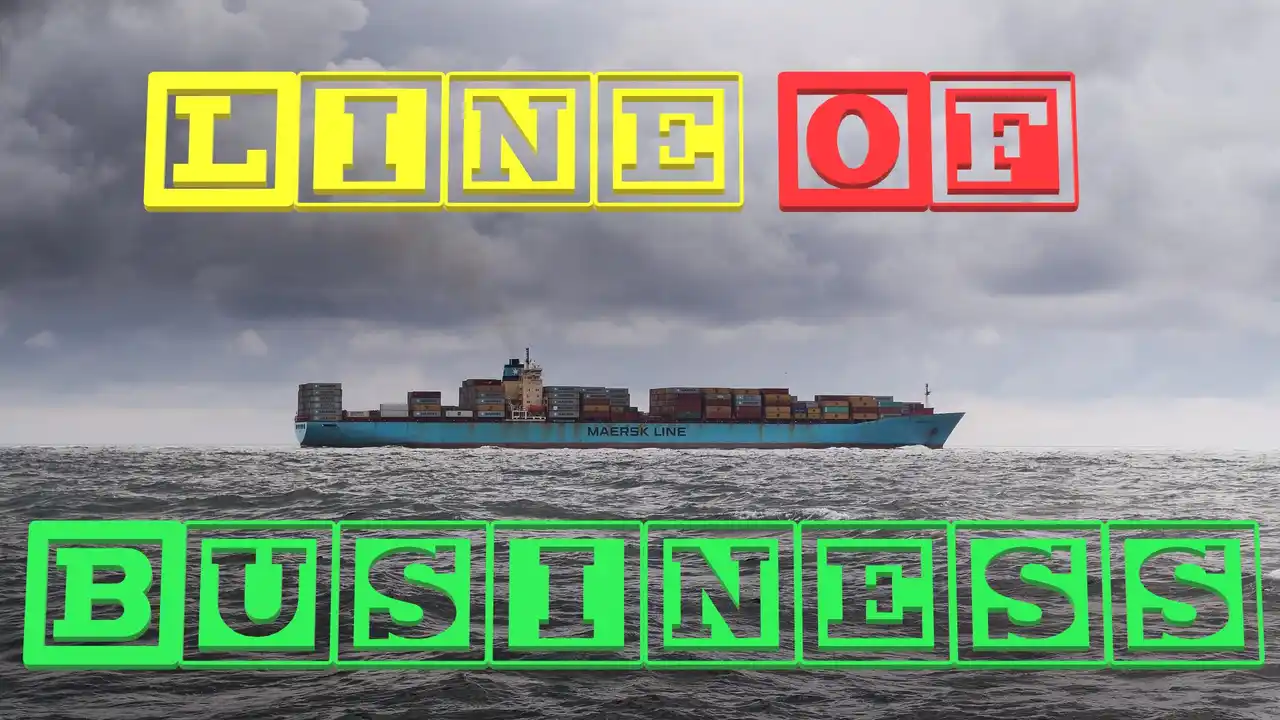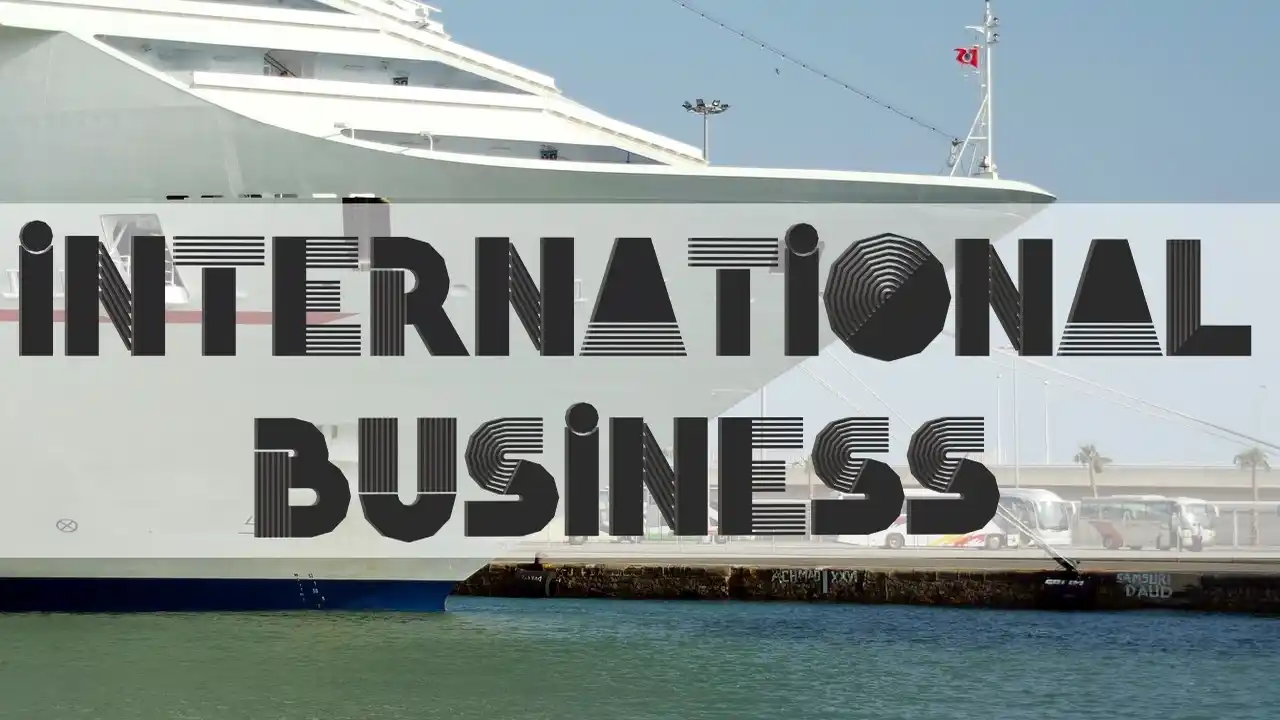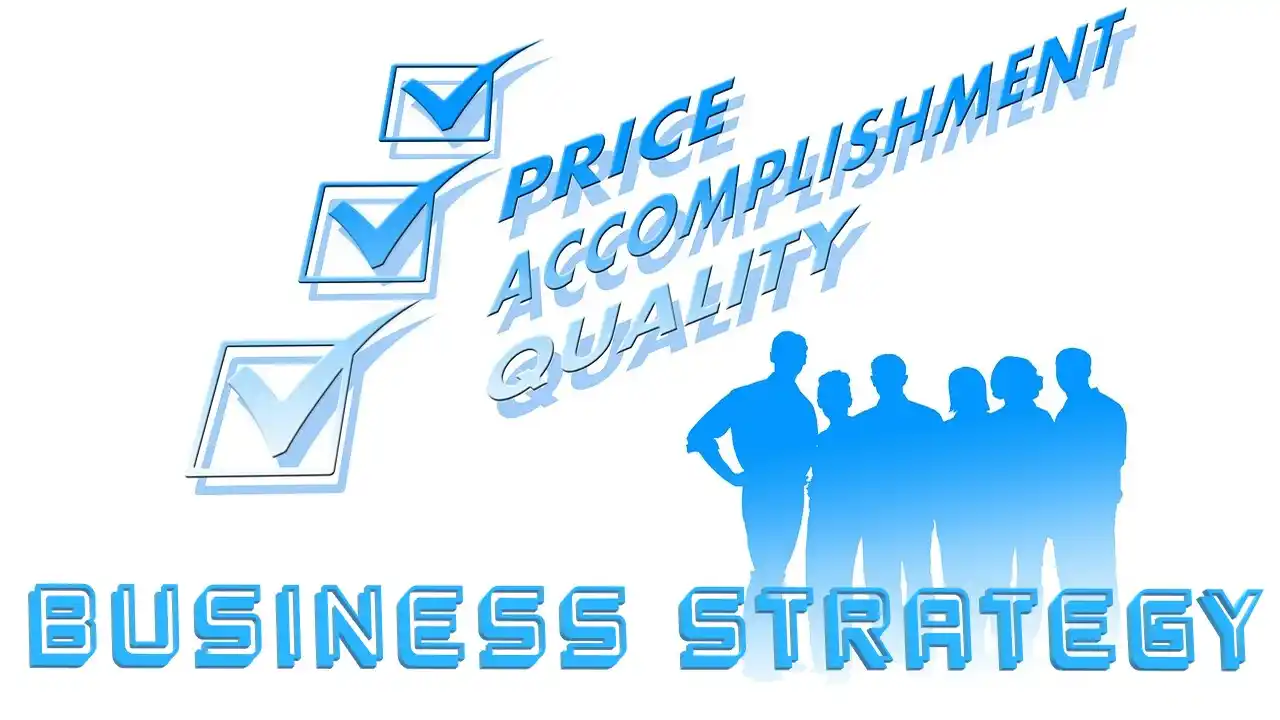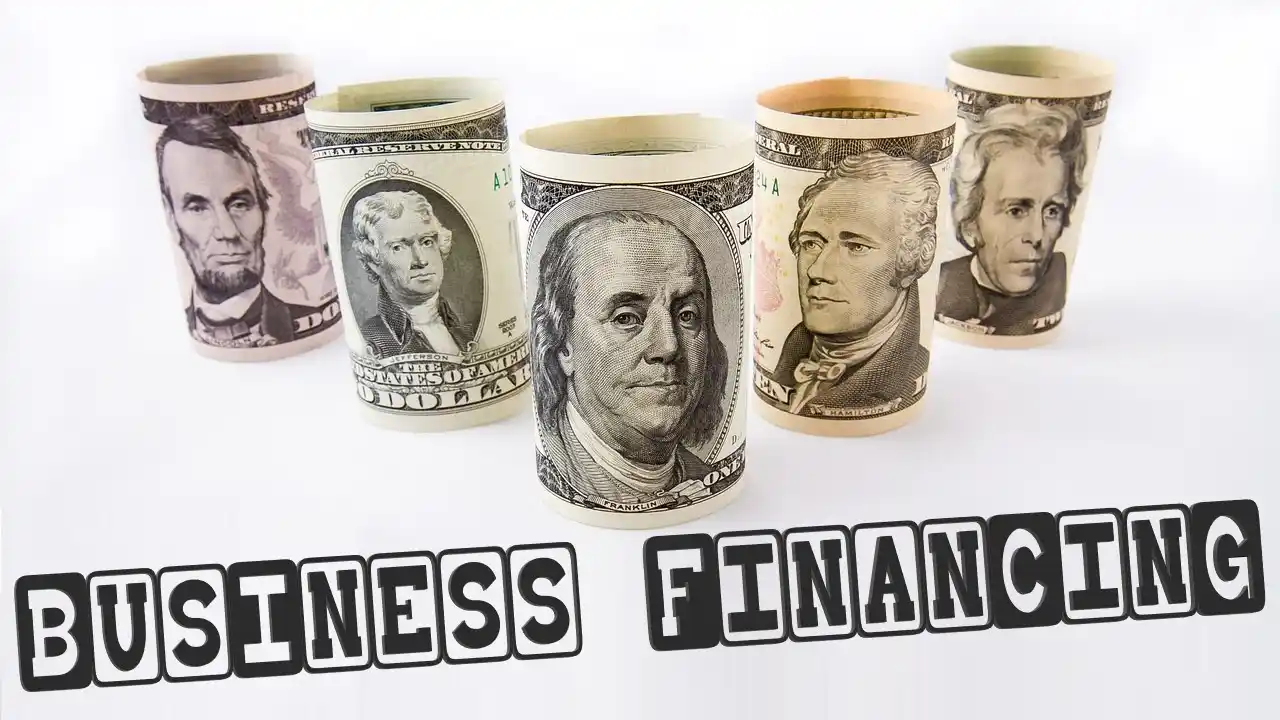If the organization responsible for producing ink also sold ink to other companies that manufactured dry-erase markers, that would constitute a second line of business. In this context, LOB can also refer to a department or other entity within an organization. There is a possibility that the company will have numerous additional business lines. For instance, they might decide to capitalize on the opportunity to sell whiteboards. If the business is modest, a single LOB head may be able to oversee all business lines. This article will go into line of business in detail and provide some examples for your convenience.
As the business expands, its executives may decide to customize a digital LOB solution to expedite certain processes, increase their transparency, reduce fraud, and increase productivity. Both the company’s scale and the complexity of its operations play a role in determining whether or not to implement a digital solution. On the other hand, a company may decide to rapidly develop a custom LOB solution in order to conduct more accurate research and reduce manufacturing expenses.
A manufacturing line-of-business service unit, for instance, will use product development services to create its products, operations engineering service units to improve its production capabilities, marketing and sales service units to promote and sell its products, and production service units to ensure the products are made and delivered competitively. In the following section, we will discuss in greater detail the task management service unit, which is comparable to a line-of-business service unit. The line-of-business service divisions must respond to market demands by either improving their existing products or developing entirely new ones. In order to support the product life cycle, they assemble services from various corporate departments. For a different perspective on business loan topics, read this insightful analysis.
Meaning of Line of Business
“Line of business” (also abbreviated “LOB”) refers to the sector of the economy that a company services. It defines a company’s product or service so that it can place in a more specific market segment. A company that sells auto insurance, for instance, is in the “insurance” line of business. In contrast, a company that manufactures medical products is in the “health care” industry.
A LOB application is one of the collections of essential computer programs required for the operation of a business. LOB applications, which stand for “large objects of business applications,” are typically large pieces of software with a multitude of interoperable features. They connect to databases and database management systems and have multiple interdependent functions. In large corporations, the acronym LOB is sometimes used as a synonym for division. Lastly, line-of-business applications can install on mobile devices and used for on-the-spot customer transactions. Consider maintaining track of the books for a mobile route as an example. This article discusses in detail about the line of business.
When discussing the organizational structure of a business, “Line of Business” refers to a department or larger group responsible for supporting a particular aspect of the business’s activities. This group or department may affiliate with the business in some manner, such as by providing similar goods or services or by performing a particular function. The company’s finances are an example of a line of business that could be termed a LOB. Also, a group within a company that is responsible for producing a particular car brand could be considered a LOB distinct from any other car brands that the same company is responsible for producing. A LOB may constrain by its own business processes and tools, which serve only the requirements of its business users.
Examples of Business Lines
In retailing, the term “line of business” refers to the products or services offered to customers, as well as the associated resources and processes. This is also known as a product name or a product line. Nonetheless, some merchants also work for corporations. For instance, Home Depot is a store that sells home repair supplies. They also have a programme called Pro Xtra for contractors. Companies that operate in this manner separate the sales figures for business-to-business and business-to-consumer transactions on their financial statements because these are two distinct business categories.
A bank will typically have more than one line of business. Each line of business is essentially a product designed to satisfy the needs of a specific customer group. The bank can categorize its lines of business (LOBs) according to the categories of customers it serves, such as individuals, small and medium-sized businesses, investors, etc. Personal banking, also known as “retail banking,” assists individuals with savings, mortgages, consumer loans, and equities, among other things. In addition, the financial institution provides small and medium-sized businesses with services such as checking accounts, commercial loans, and money market instruments, among others.
How does a Line of Business Operate?
The term “line of business” (abbreviated “LOB”) alludes to the interrelated products or services offered by a company or manufacturer. Solid-state disc drive manufacturers are one form of company that may view data storage as its core competency. A business line is a means by which a company or a specific consumer transaction can fulfil a particular need.
To enhance existing products or develop new ones, line-of-business service divisions must respond to market demands. In order to support the product life cycle, they assemble services from various corporate departments. They are concerned with the return on investment, which is the value of the product to the company over its entire existence.
A “line of business,” or LOB, is a product or group of goods designed to satisfy a particular customer transaction or business need. A business line is a very broad concept. In certain industries, such as insurance, “line of business” also has legal and accounting connotations. This is so that companies can adhere to a set of insurance laws.
Types of Businesses
LOB, which stands for “line of business,” is a common term for the products or services that a company or manufacturer produces or sells in response to a particular customer transaction or business need. In the insurance industry, “Line of Business” has a regulatory and accounting meaning that is required to comply with a set of mandated insurance policies.
Occasionally, the internal business unit of a corporation is also referred to as the “Line of Business.” Typically, a Line of Business will investigate its position within an industry by employing an industry research method or other industry-related data.
Brokerage for the General Public
Individual investors can purchase stocks and other products through this line of business. Individuals make up the majority of employees at this type of agency. Even though some small retail houses serve affluent clients, the majority of these brokerages are large corporations with high administrative costs. This is because their clientele is typically more diverse than that of other categories of brokerages. Retail brokerage firms assist individual investors through their research divisions, rather than institutional investors.
As a result, the market brokers who work for these companies earn substantial commissions. In addition to equities, bonds, and options, retail brokerages offer additional assets and financial products. They provide mutual funds, limited partnerships, options, and real estate investment trusts, for instance.
Mergers and Acquisitions (M&A)
Typically, investment banks offer their clients advice on a variety of topics, including legal structure, valuation, financing, capital structure, and taxation. M&A is an umbrella term for combining corporations or assets through a variety of financial transactions. Mergers, acquisitions, consolidations, tender offers, asset purchases, and managerial acquisitions are examples of these types of transactions.
Insurance for Property and Casualty
This form of enterprise provides various types of insurance, including health, life, and property, to both individuals and businesses. (such as automobiles and houses). In conclusion, property insurance protects the things you or your business own, whereas casualty insurance typically includes liability coverage that can protect you if you are found legally liable for an accident.
Reinsurance
Reinsurance is a type of insurance that a business purchases from another business in order to defend itself against the risk of having to pay out a large claim. In other words, the company has decided to pay for certain categories of claims for a fee and is selling insurance to other insurance companies.
The primary objective of reinsurance, also known as “insurance of insurance companies” or “insurance of insurance companies’ insurance,” is to ensure that no single insurance company assumes an excessive amount of risk in the event of a catastrophic event or natural disaster.
Big Accounts
Numerous consumers purchase from and remain loyal to this type of business. Customers may request a more specific quality of service from the company. In addition to personalized assistance, the vast majority of software companies offer this service. When we refer to a company’s “large accounts,” we do not mean its most valuable clients. This is not about your largest accounts, but rather the ones that are most valuable to your company.
Asset Management
This type of company offers line of business services that wealthy individuals can utilize. Wealth management is typically a service that assists wealthy individuals in determining how to handle and invest their money. The majority of wealth management firms’ revenue comes from the fees they charge clients for the various services they provide. The overwhelming majority of wealth management professionals are either wealthy or extremely wealthy.
Banking for Small Businesses
Small and medium-sized enterprises can operate because banks provide them with capital. In addition, it is an integral part of the business finance market and serves an essential function. Typically, this type of banking assists various types of businesses in obtaining capital through loans and investments.
Banking for Individuals
There are various names for consumer banking, including retail banking and personal banking. Credit cards, loans, mortgages, and bank accounts are examples of consumer banking services and products. This type of banking is for individual customers, not businesses. It is a common method for people to manage their finances, obtain credit, and deposit funds securely. Depending on their size, consumer banking can divide into several categories. The most prevalent are commercial banks, credit unions, and cooperatives.
FAQ
Is Line Free for Business?
There are three alternatives for subscriptions. You can transmit up to 500 free text messages per month. Since the expense of an account is based on the number of messages sent, it is simple to adjust the number of messages sent to accommodate a company’s budget or marketing strategy.
How does Line Generate Revenue?
The LINE application is available for free installation and use on iOS, Android, and Windows Phone devices, among others. However, the company generates revenue primarily through advertisements, activities, and stickers. Businesses that want to advertise their products or services on LINE have a variety of options.
What is Considered above the Limit in Business?
Above-the-line costs are any costs that exceed gross profit, whereas below-the-line costs are any costs that fall below gross profit. Included among the costs below the line are operating costs, debt costs, and taxes. Commonly, costs above the line are referred to as the cost of products sold. (COGS). This term is typically applied to those who create objects.
Final Words
Profit generation is the ultimate result of all business activities. It is an important indicator of how the company’s target markets are performing. In addition, it demonstrates how well management chooses strategies, invests in products and services, markets those products and services, and controls costs. Profit should examine over time, and everyone involved in the process should pay close attention to all of the variables in order to understand what factors contribute to a company’s bottom line. We’re going to take a look at the line of business and discuss related matters in this topic.






